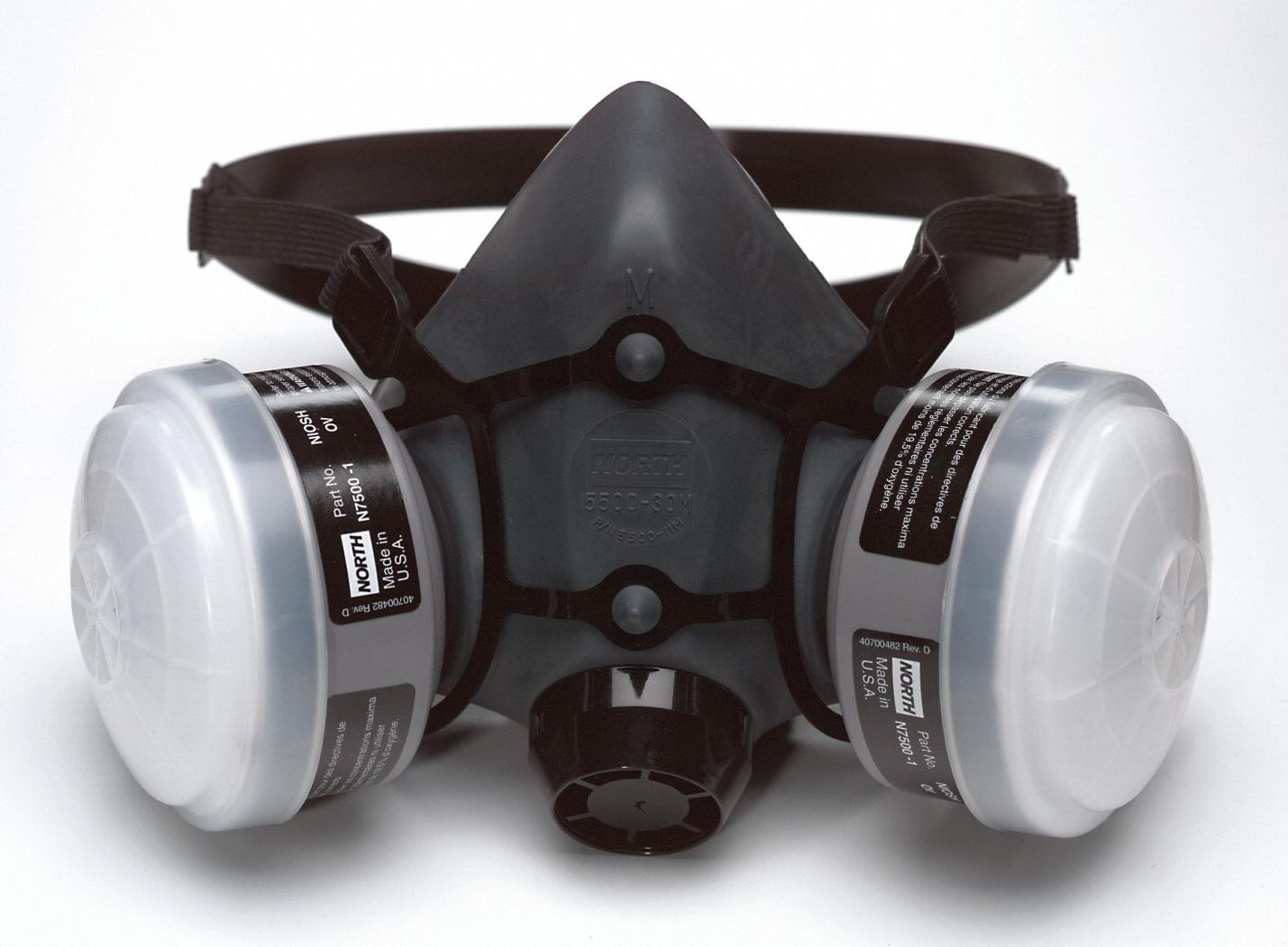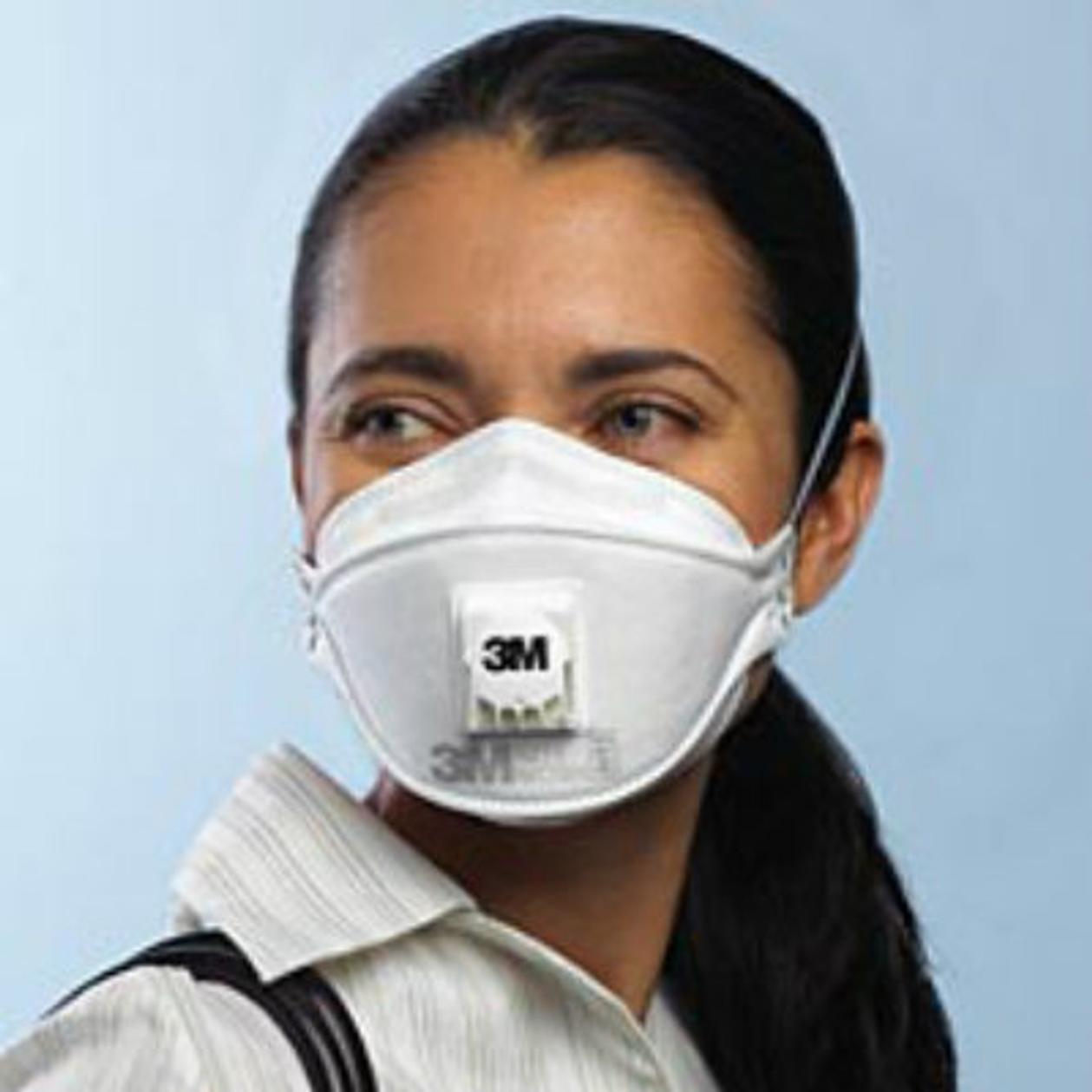What Are the Different Types of Respirator Masks?
In various settings, such as healthcare facilities, construction sites, and industrial workplaces, respirator masks play a crucial role in protecting individuals from hazardous airborne particles, gases, and vapors. Understanding the different types of respirator masks and their applications is essential for ensuring proper selection and effective use.

I. Types Of Respirator Masks
1. Filtering Facepiece Respirators (FFRs)
FFRs are disposable respirators that cover the nose and mouth, creating a physical barrier against airborne particles. They are commonly used in healthcare settings, construction sites, and during pandemics.
- Types of FFRs: N95, KN95, KF94, FFP2, etc.
- Filtration Efficiency and Particle Size Ratings: FFRs are rated based on their filtration efficiency and the size of particles they can filter. N95 masks, for example, filter at least 95% of particles 0.3 microns or larger.
- Advantages: FFRs are lightweight, disposable, and relatively inexpensive.
- Disadvantages: FFRs may not provide a tight seal around the face, potentially allowing unfiltered air to enter.
2. Elastomeric Respirators
Elastomeric respirators are reusable respirators made of a flexible material that conforms to the face, creating a tight seal. They are often used in industrial settings, where exposure to hazardous substances is more significant.
- Types of Elastomeric Respirators: Half-face, full-face, powered air-purifying respirators (PAPRs), etc.
- Advantages: Elastomeric respirators provide a tight seal around the face, reducing the risk of unfiltered air leakage. They are also reusable, making them more cost-effective in the long run.
- Disadvantages: Elastomeric respirators can be heavier and more cumbersome than FFRs. They also require proper fit testing and maintenance.
3. Supplied Air Respirators (SARs)
SARs provide a continuous supply of clean air to the wearer, eliminating the need for filters or cartridges. They are commonly used in environments with high concentrations of hazardous substances, such as confined spaces or chemical spills.
- Types of SARs: Airline respirators, self-contained breathing apparatus (SCBA), etc.
- Advantages: SARs provide the highest level of protection against hazardous substances. They are also less likely to cause respiratory distress, as they do not rely on the wearer's breathing effort.
- Disadvantages: SARs are typically more expensive and complex to use compared to other types of respirators. They also require specialized training and maintenance.
II. Selection And Use Of Respirator Masks

Choosing the right respirator mask is crucial for effective protection. Factors to consider include the workplace hazards, comfort, fit, and maintenance requirements.
- Proper Fit Testing and User Training: Fit testing is essential to ensure that the respirator mask forms a tight seal around the face. User training is also important to ensure proper donning, doffing, and maintenance of the respirator mask.
- Guidelines for Wearing and Removing Respirator Masks: Respirator masks should be worn securely over the nose and mouth, ensuring a snug fit. Hands should be washed before and after handling the respirator mask.
- Maintenance and Storage of Respirator Masks: Respirator masks should be cleaned and disinfected regularly according to the manufacturer's instructions. They should be stored in a clean, dry place away from direct sunlight.
III. Limitations And Precautions
While respirator masks provide effective protection against airborne hazards, they have certain limitations and precautions to consider.
- Limitations of Respirator Masks: Respirator masks do not eliminate all risks associated with airborne hazards. They may not be suitable in environments with high concentrations of hazardous substances or in situations where the wearer has difficulty breathing.
- Precautions to Take: Respirator masks should be used in conjunction with other safety measures, such as engineering controls and administrative practices. Individuals with respiratory conditions or facial hair may need special considerations.
- Situations Where Respirator Masks May Not Be Suitable: Respirator masks may not be suitable in environments with high heat or humidity, as they can cause discomfort and impair breathing.

Understanding the different types of respirator masks and their applications is crucial for ensuring effective protection against airborne hazards. Proper selection, use, and maintenance of respirator masks are essential to minimize the risk of exposure to hazardous substances. Consulting with experts or regulatory agencies is recommended for specific guidance on respirator mask usage in various settings.
YesNo

Leave a Reply